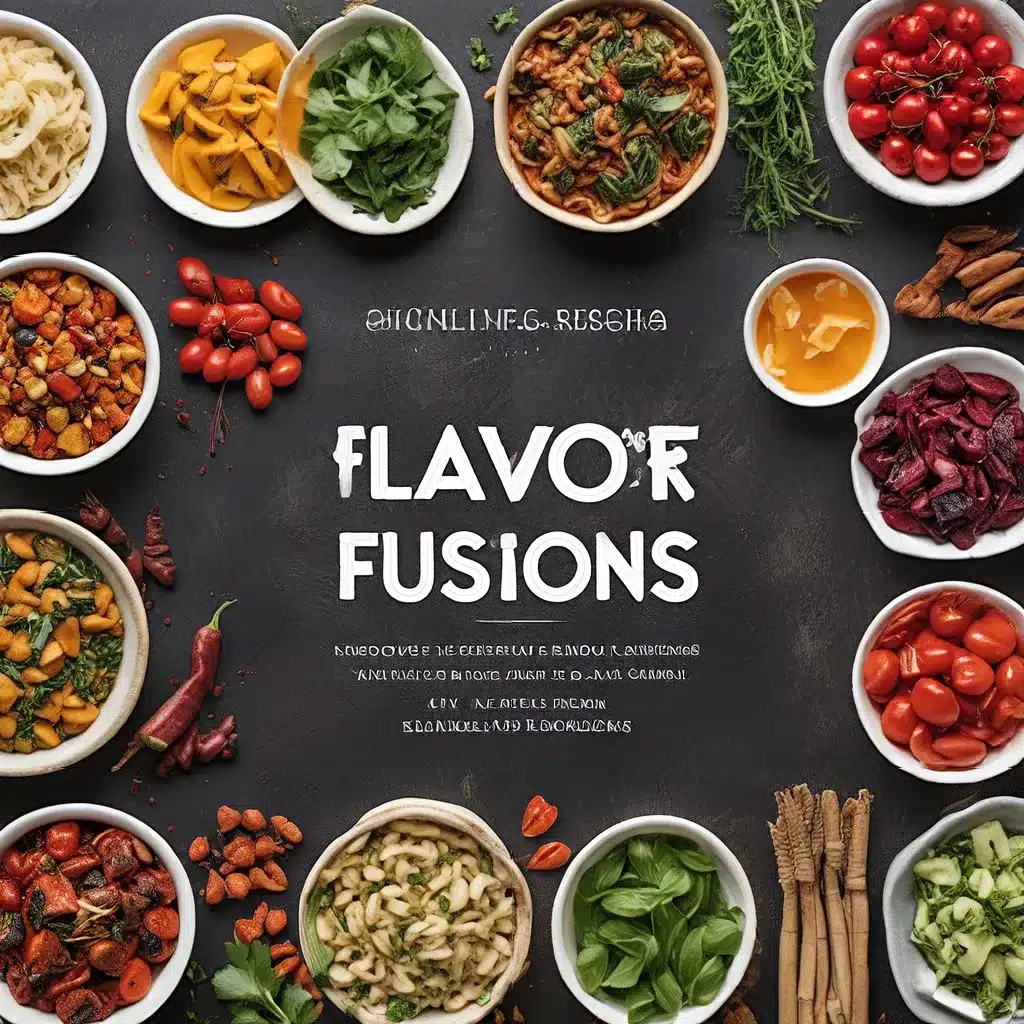
As an avid food enthusiast, I’ve always been captivated by the incredible fusion cuisine that has emerged from the blending of diverse culinary traditions. It’s a testament to the interconnectedness of our world, where the exchange of ideas, ingredients, and techniques has given rise to some of the most exciting and innovative dishes.
The Roots of Fusion Cuisine
Fusion cuisine has deep roots tracing back to ancient civilizations, where trade, migration, and cultural exchange have long shaped the evolution of global gastronomy. From the spice routes of the East to the colonial explorations of the West, the mingling of flavors and cooking methods has been a constant throughout history.
As noted on ChefIQ, “Fusion cuisine, the creative amalgamation of diverse culinary traditions, has become increasingly popular among food enthusiasts worldwide.” This culinary trend, far from being a mere fad, is a reflection of our world’s growing interconnectedness, where the best of various cultures are brought together on a single plate.
Bridging the Gap: Immigrant Cuisine
Perhaps one of the most fascinating and personal expressions of fusion cuisine comes from the immigrant experience. As TASTE Cooking so eloquently describes, the food that emerges from these circumstances is not easily categorized, but it speaks volumes about the human need to find comfort and familiarity in a new and unfamiliar environment.
When immigrants arrive in a foreign land, they often look for ways to adapt their traditional cuisines to the ingredients and cooking methods available to them. This process can lead to the creation of truly unique and unexpected flavor combinations. As one chef, Yia Vang, recounts, his mother’s take on spaghetti and meatballs, using Hmong sausage and Prego sauce, was a revelation and “the first dish that we ate for dinner that didn’t include rice.”
These immigrant-inspired fusion dishes are not about impressing or surprising, but rather about bridging the gap between homes, as TASTE Cooking eloquently states. They are a way for families to maintain a connection to their cultural heritage while adapting to their new surroundings.
Navigating the Authenticity Debate
One of the fascinating aspects of fusion cuisine is the way it challenges the very notion of authenticity. As TASTE Cooking explores, these “in-between” dishes don’t neatly fit into the traditional categories of fusion or assimilation. Instead, they represent a dynamic and evolving culinary landscape, where the lines between cultures blur and new flavors emerge.
Chef Saqib Keval eloquently captures this sentiment, noting that these fusion dishes “question the very concept” of authenticity. By adapting the cuisines of their occupiers and blending them with their own traditions, immigrant families are able to “reframe that relationship on their own terms.” It’s a way of asserting their agency and reclaiming their culinary heritage, even in the face of loss and displacement.
Embracing the Hybrid
As I’ve delved deeper into the world of fusion cuisine, I’ve come to appreciate the richness and complexity it brings to the table. It’s not just about creating flashy, avant-garde dishes, but about honoring the stories and experiences that have shaped these unique culinary expressions.
Saint Marc USA, for example, has embraced the hybrid nature of fusion cuisine, offering a menu that seamlessly blends diverse flavors and culinary traditions. By drawing inspiration from global cuisines and incorporating local, seasonal ingredients, they’ve created a dining experience that celebrates the interconnectedness of our world.
Culinary Exploration and the Future of Fusion
As we continue to explore the fascinating world of fusion cuisine, I’m excited to see how it will evolve and adapt to the changing tastes and needs of our increasingly globalized society. With the rise of accessible technology and the exchange of culinary knowledge across borders, the possibilities for innovative flavor combinations are truly endless.
Perhaps the greatest joy in this culinary journey is the sense of discovery and adventure that comes with each new fusion dish. It’s a constant reminder that the world of food is vast and ever-evolving, and that by embracing the hybrid, we can uncover a wealth of cultural richness and gastronomic delights.
So, whether you’re a seasoned foodie or a curious newcomer, I encourage you to dive into the world of fusion cuisine. Embrace the unexpected, savor the familiar with a twist, and allow your taste buds to be transported to the intersection of diverse culinary traditions. After all, it’s in the blending of cultures that we find the most flavorful and fascinating expressions of our shared humanity.

